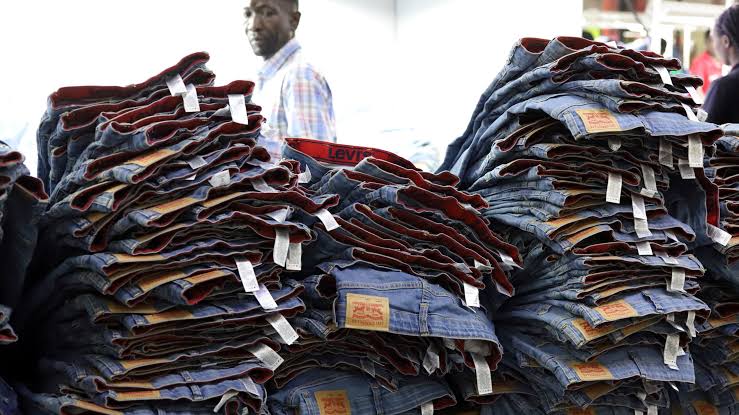Despite a temporary halt on higher US tariffs, southern African economies remain on edge as uncertainty looms over the future of the African Growth and Opportunity Act (AGOA) — a key trade pact that has allowed duty-free exports to the United States.
President Donald Trump’s 90-day pause on further tariff increases has done little to calm fears in nations like South Africa, Lesotho, Madagascar, and Mauritius, where entire industries have flourished under AGOA. The deal has supported major exports such as citrus, beef, avocados, textiles, and automobiles.
However, a 10% baseline tariff and the looming threat of a 25% tariff on vehicles have already begun to erode AGOA’s benefits. South Africa’s automotive sector, which sends about 25,000 cars annually to the US — worth R35 billion ($1.8 billion) — is bracing for heavy losses. The industry supports over 125,000 jobs, including subcontractors.
Read:R200,000 donation inspires national cycling initiative
Parks Tau, South Africa’s Trade Minister, stated that the new tariffs “essentially nullify AGOA benefits,” while analysts warn that finding alternative export markets may not be feasible. Mercedes-Benz South Africa said it is still assessing the situation but emphasized its support for free and fair trade.
The situation is even more dire for Lesotho, whose economy heavily relies on AGOA-backed textile exports. The jeans industry alone contributes nearly 10% to the country’s gross national income. If AGOA is terminated, up to 40,000 jobs could vanish, according to Lesotho’s King Letsie III.
Countries such as Botswana, Namibia, and Zimbabwe — all citrus exporters — are also at risk, with South Africa’s Citrus Growers’ Association warning that 35,000 jobs could be lost if reciprocal tariffs are enforced after the pause ends.
As the US reviews AGOA in September, affected African nations are urging Washington to engage in meaningful dialogue to prevent economic disaster. Without clarity or renewed trade terms, the region faces a wave of job losses, economic contraction, and rising instability.

